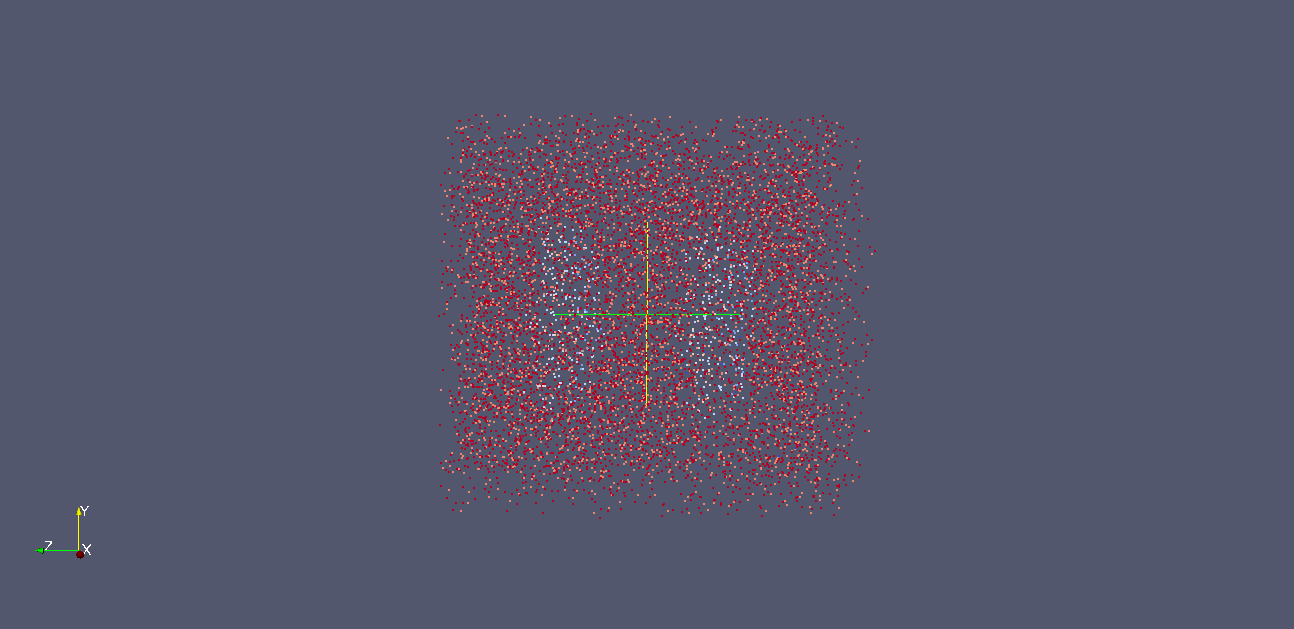Dear users,
Maybe this is not too related to the LAMMPS, but I really need some advice. I want to build a platy particle, (like clay mineral) with two different materials, one surface is silica and the other is alumina. As I understand, if we use multi-sphere method, only one material can be used. Any idea how I can build such a particle?
Besides, I want to apply different surface charges on each surface–silica and alumina surface, am I able to do this with LAMMPS?
Many thanks! Any comment is highly appreciated.
Dear users,
Maybe this is not too related to the LAMMPS, but I really need some advice.
I want to build a platy particle, (like clay mineral) with two different
materials, one surface is silica and the other is alumina. As I understand,
if we use multi-sphere method, only one material can be used. Any idea how I
can build such a particle?
sorry, but there is not enough information here. it is not clear what
kind of potential/model you want to apply. do you have an example for
something simpler that you have already implemented in LAMMPS, so that
people here can try to extrapolate.
Besides, I want to apply different surface charges on each surface--silica
and alumina surface, am I able to do this with LAMMPS?
depending on how you want to model your system in the first place this
may come automatic. but it is not clear what you are trying to do, so
it is impossible to give an answer to your question.
axel.
Thank you for the response.
Sorry I didn’t explain this clearly. Actually I want to simulate the clay particle-particle interaction in water. I’ve tried to build two clay crystals, and applied CLAYFF force field and used SPC water. I can only use very small step size 0.2 fs to keep the crystal not collapse, but after the simulation, the atoms in the crystal only vibrates slightly in their own position, and I didn’t see any sign of the particle moving to each other. I attached a snapshot of the simulation after 5ns in LAMMPS.
I am thinking building crystal like this is not a good idea to simulate the particle-particle interaction, because too much detail information of the crystal is included. Therefore I came to the idea to build a clay particle but still keeps the surface properties, which means one surface is silica, the other surface is alumina. The particle I want to build is something like the example “pouring a continuous stream of non-spherical particles” showed in www.cfdem.com. My problem is how to build this non-sphere particles with two materials --silica and alumina. Or maybe I can build a platy silica and platy alumina individually, and somehow attach/bond them with each other —but I am not sure how. Sorry I am not quite familiar with the simulation in this scale, and I am not sure what’s the potential/parameters I should use.
Hope I make my question more clear this time. Thank you very much.
Jing

